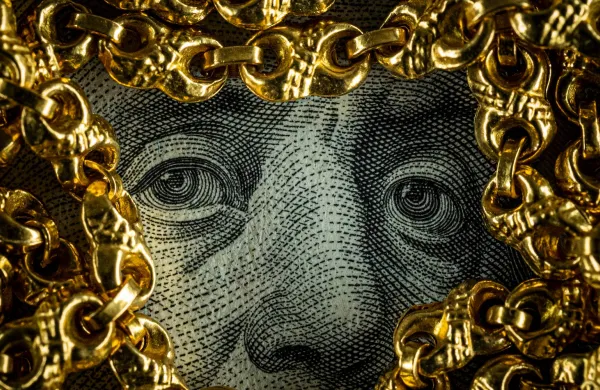Short selling in the U.S. stock market hit $1 trillion during the first six months of 2023, after climbing by $138 billion since the start of the year. But the bulk of the increase — some $110 billion — was due to the rising prices of the stocks being shorted, according to a new report from S3 Partners.
Rising prices mean marked-to-market losses for short sellers. And these losses have been most noticeable in stocks that that tanked last year but are bouncing back in a market that is up almost 17 percent on a total return basis through the first six months of 2023.
So far this year the short bet that’s the biggest loser, in terms of absolute dollars, is Tesla — one of last year’s biggest winners for short sellers. This year Tesla bears were down 78 percent, or $13 billion, on their Tesla shorts during the first half, according to S3 Partners. That’s exactly the percentage gain they made last year, as of late December, as Institutional Investor previously reported. The gains in 2022 came to $15 billion.
Still, Tesla permabears like Mark Spiegel’s Stanphyl Capital are hurting this year. Stanphyl was down more than 35 percent in the first half, which Spiegel said in a letter to investors was largely related to his Tesla short. “Our large short positions in SPY [the S&P 500 ETF] and reinflated bubble-fraud Tesla killed us in the first half of this year, with Tesla up 112 percent,” Spiegel wrote.
Another big loser for short sellers this year has been Carvana, the online used car marketplace, that was one of last year’s top shorts. The onetime hedge fund hotel stock rebounded during the first half of 2023, and shorts are down by over $1 billion, or 200 percent. If the short sellers have held onto their positions, however, they are still ahead: Last year they made $4.3 billion — a gain of 370 percent.
Crypto trading platform Coinbase Global, which has been sued by the Securities and Exchange Commission for operating illegally, nonetheless has foiled the shorts this year. The stock tumbled in 2022 during the crypto crash, but as Bitcoin bounced back this year, so did Coinbase’s stock. Even though the SEC action took some of Coinbase’s steam away, short sellers have still lost $1.5 billion, or 70 percent, this year through June 30. Last year, by comparison, they made $2.23 billion, for a 142 percent gain on their Coinbase shorts.
The biggest winners for the shorts during the first half of 2023 were regional banking stocks, which tanked in quick succession earlier in the year in the face of a downturn for tech and crypto, coupled with rising interest rates that pummeled their fixed income securities holdings. Short sellers made $1.6 billion, or 419 percent, betting on the collapse of First Republic Bank, which was eventually taken over by JPMorgan on May 1.
The next-best haul for short sellers was Silicon Valley Bank, which earned short sellers $1 billion, or a 242 percent gain, when it was seized by the FDIC in March. A third bank, Signature Bank, netted short sellers $643 million, or 308 percent, when the FDIC suddenly took it over two days after it seized SVB. The much smaller Silvergate Capital, whose stock had already fallen substantially in late 2022, earned short sellers $318 million, or a 274 percent gain, as it announced it would wind down operations two days before SVB failed.
Another bright spot for short sellers has been Trupanion, the unprofitable pet insurance company that has become a target of well-known short seller Marc Cohodes (who was also short Silvergate and Signature.) Trupanion shorts have racked up almost $300 million in marked-to-market gains during the first half, for more than an 80 percent return.
But most of the short selling done this year has been a hedge — and a way for managers to increase their long exposure, according to S3 Partners.
“While short sellers were actively shorting into a rising market, that does not necessarily mean that they were solely betting on a reversal in an overheated or overbought market,” said Ihor Dusaniwsky, managing director of predictive analytics, and Matthew Unterman, director of predictive analytics, in their report.
“A significant portion of the short selling was due to an increase in hedge fund leverage as [funds] increased both their long and short exposure,” they said. “Hedge funds increased the total notional size of their portfolios to gain more exposure to the volatile and upward trending market.”







